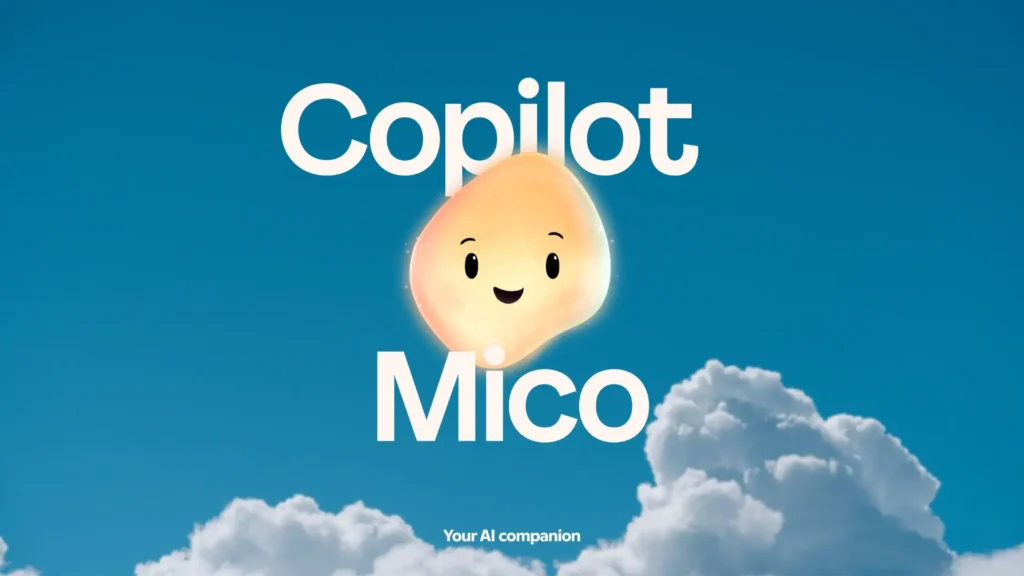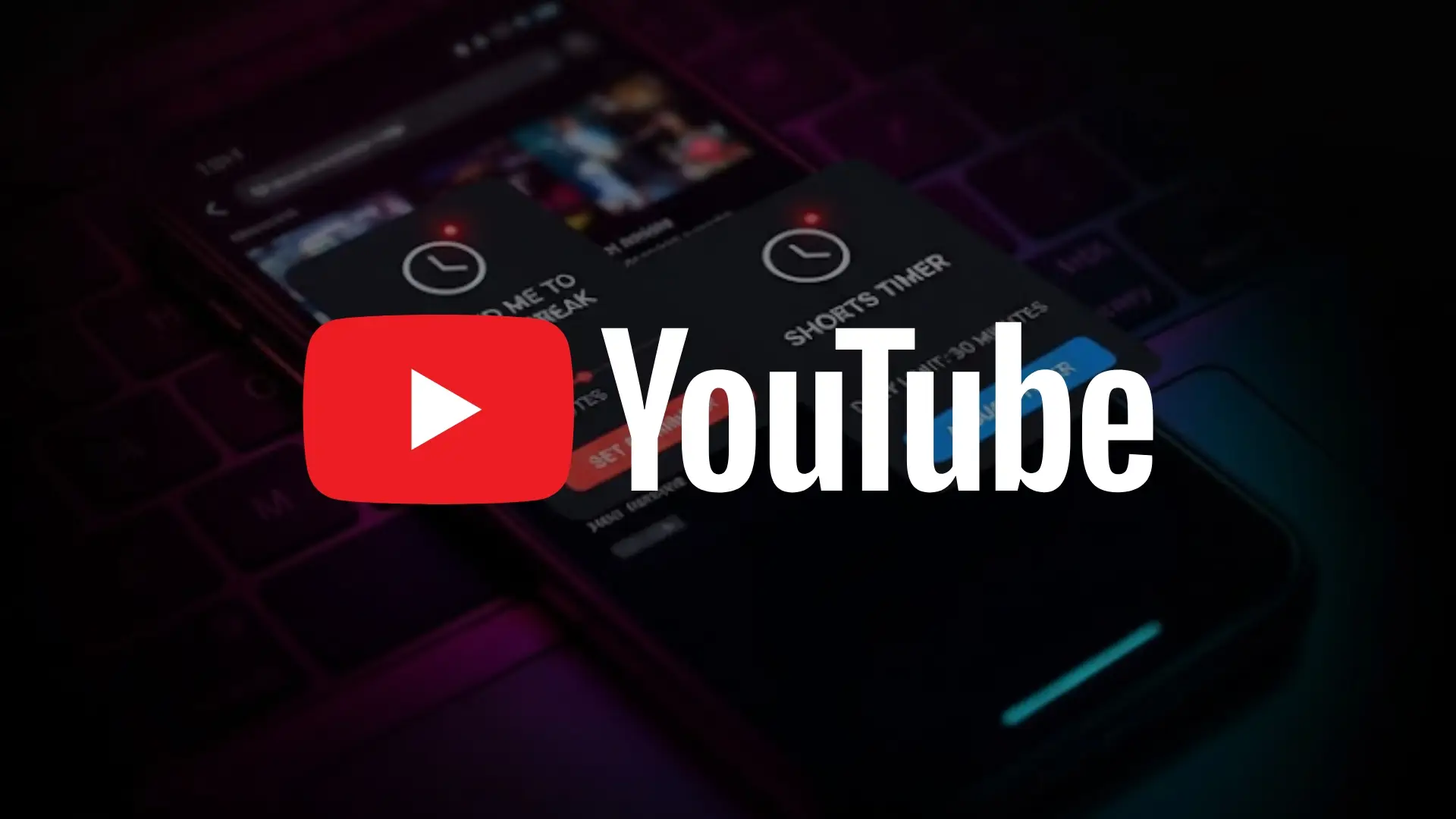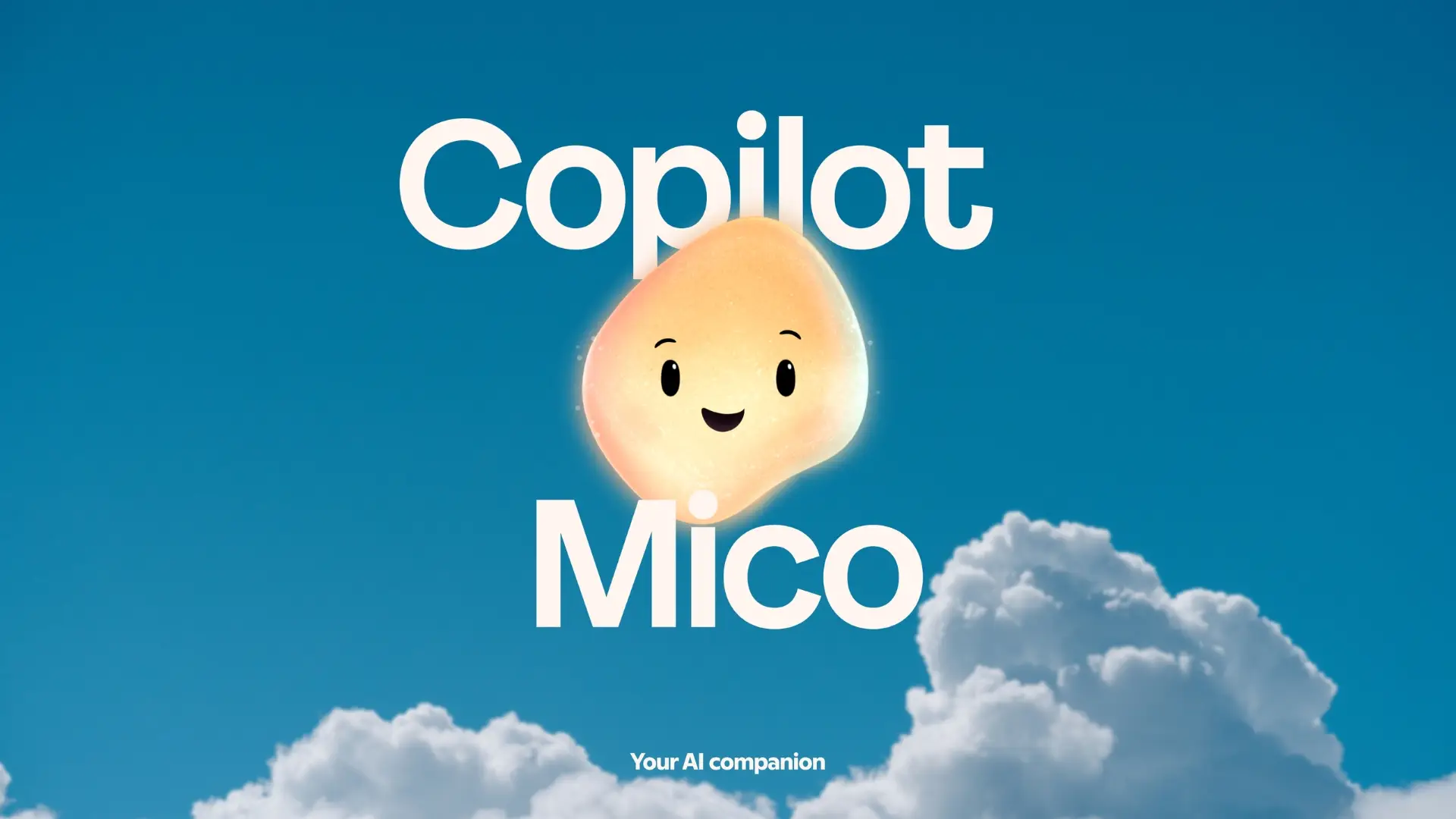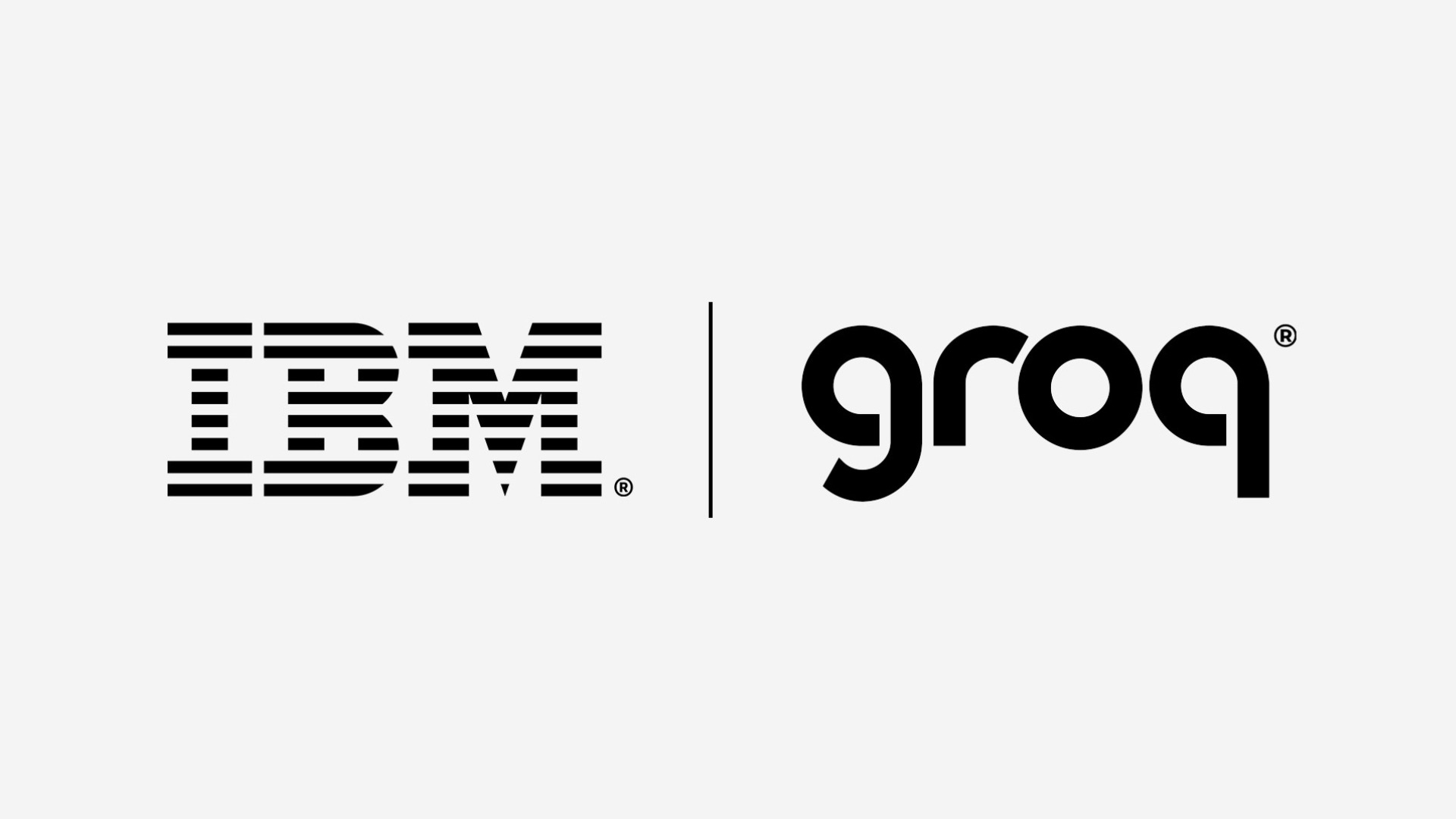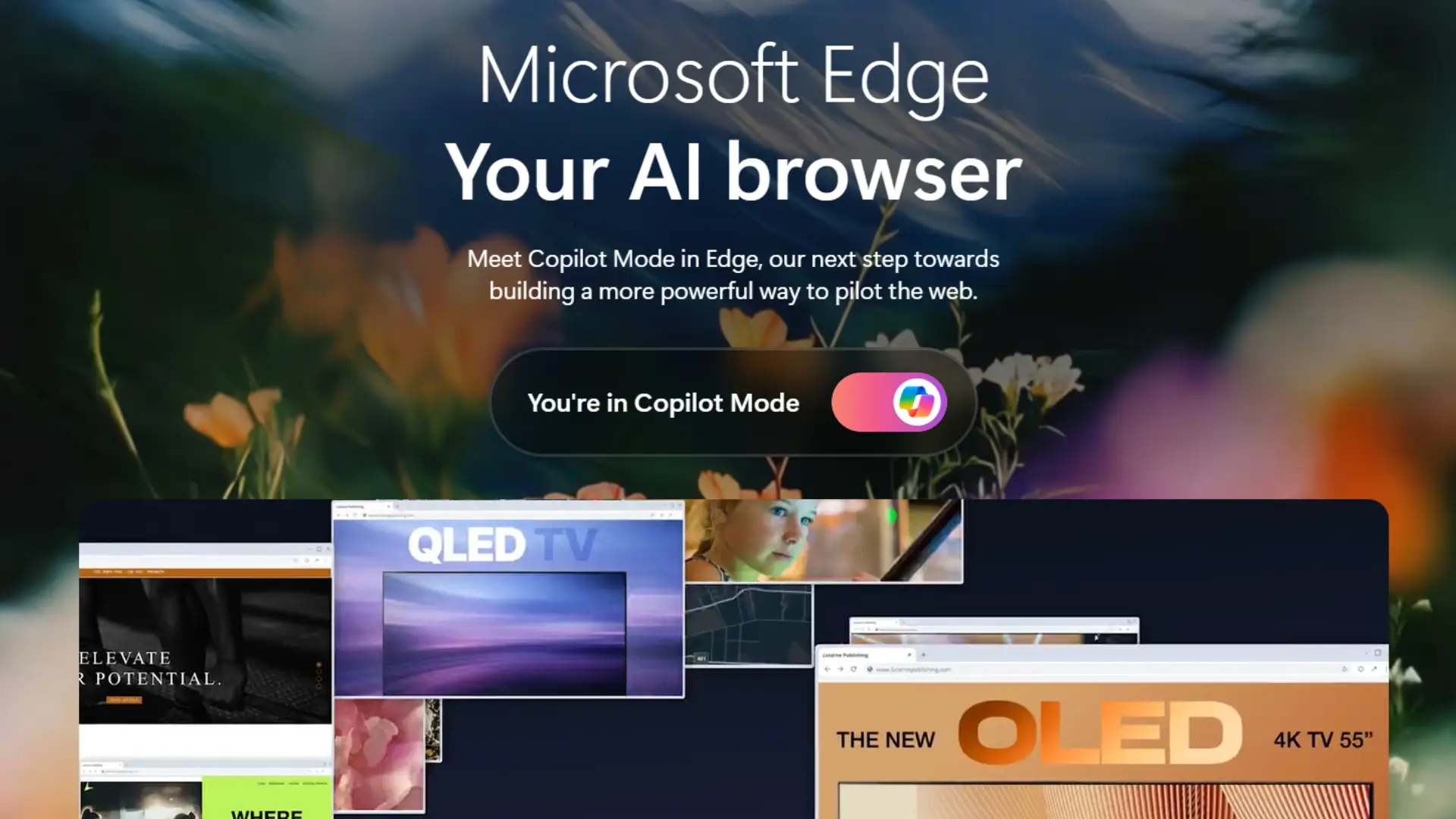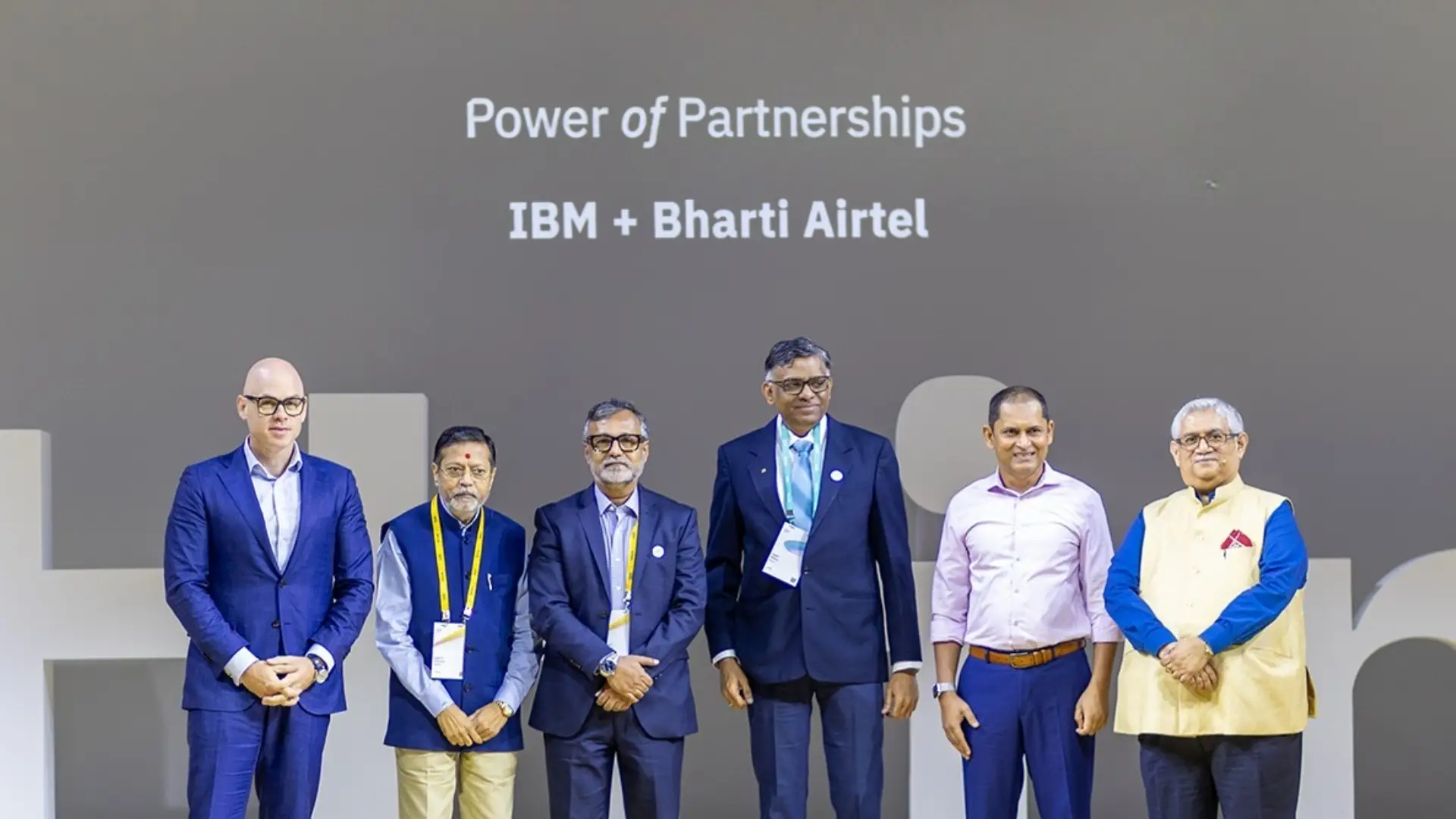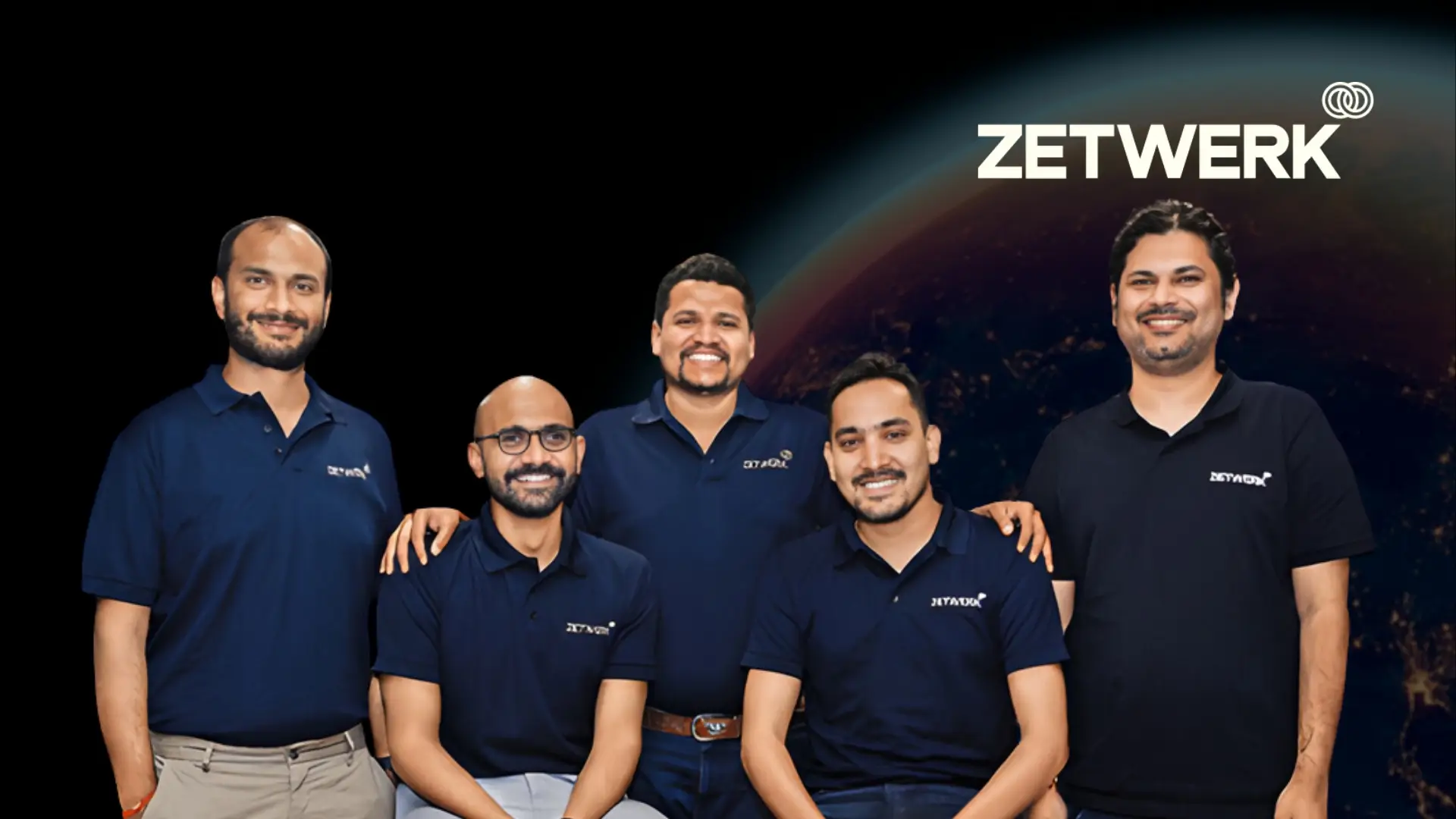Microsoft has reimagined its most nostalgic digital companion with the introduction of Mico, an expressive AI avatar integrated into its Copilot platform. Announced as part of Microsoft’s fall Copilot update, Mico represents the company’s bid to humanize artificial intelligence and offer a more personal, emotionally aware digital assistant.
Short for Microsoft Copilot, Mico appears as a soft, animated blob that reacts dynamically to user interactions changing color, shape, and expression to reflect tone and mood. When users speak, Mico listens and responds in a way that feels conversational rather than robotic. The company describes the assistant as “expressive and supportive,” capable of responding empathetically while also providing constructive feedback. For some, it’s also a dose of nostalgia: repeatedly tapping Mico transforms it into Clippy, the cheerful paperclip mascot from Microsoft’s 1990s Office software.
Beyond personality, Mico anchors a broader upgrade to the Copilot ecosystem. Microsoft introduced twelve new features that strengthen the platform’s role as a collaborative and proactive assistant. These include Groups, which allows up to 32 participants to co-create within a single chat interface, and Memory, enabling Copilot to recall prior conversations, preferences, or workflows. Learn Live, an interactive teaching feature, uses Mico’s voice-based interaction to guide users through lessons, while Real Talk provides more natural, back-and-forth discussions.
The update also deepens Copilot’s integration across Microsoft Edge, Windows, and third-party tools such as Google Drive, Outlook, and Gmail. Microsoft emphasizes that privacy remains central, giving users control over what Copilot remembers and how data is stored or deleted.
Initially rolling out in the United States, United Kingdom, and Canada, Mico signals a new direction in Microsoft’s approach to AI one grounded in emotion, design, and trust. Unlike its clippy-forerunner’s often intrusive behavior, Mico is optional and intentionally understated, embodying Microsoft’s vision of “human-centered AI” that feels supportive, not overbearing.


